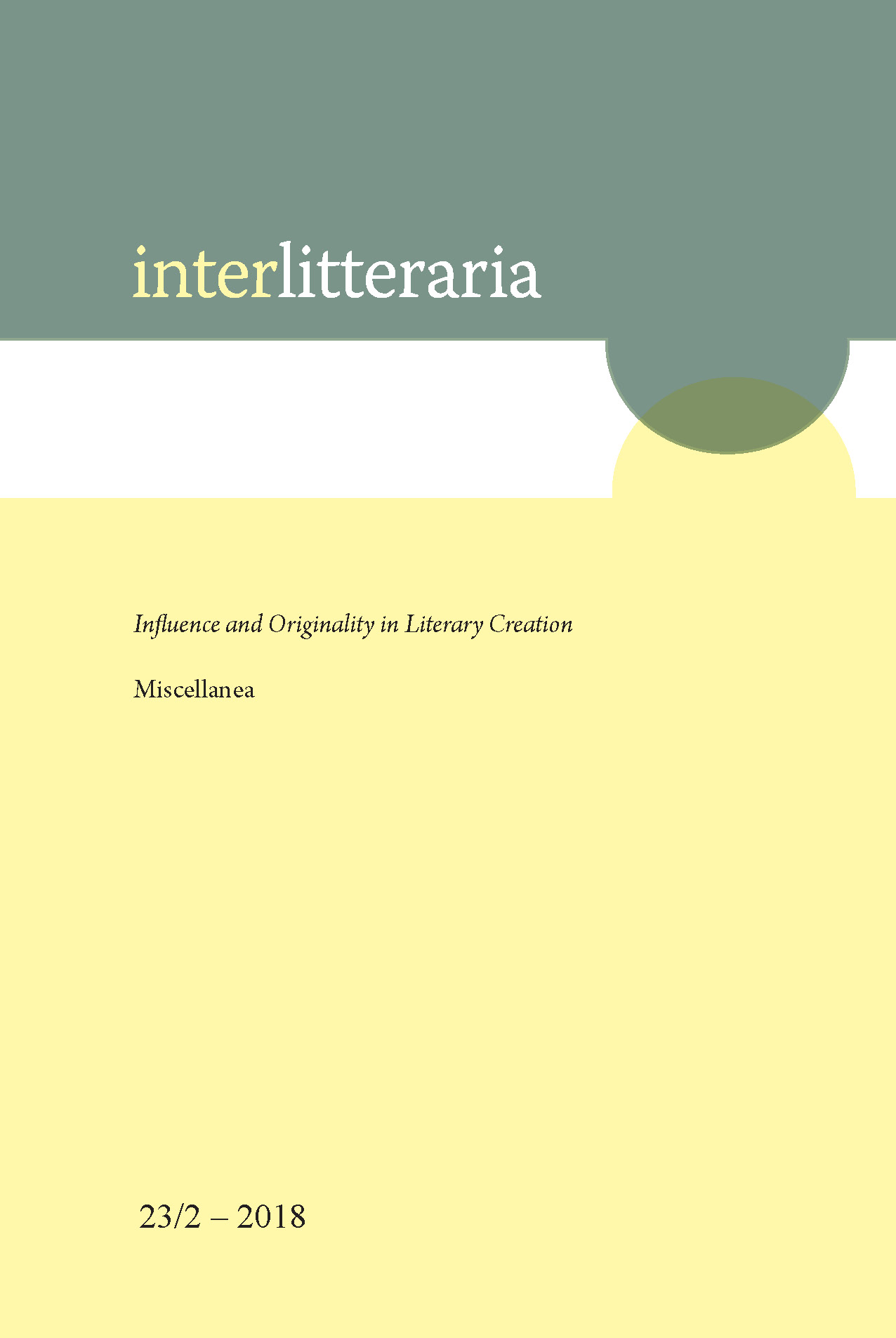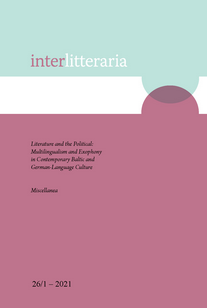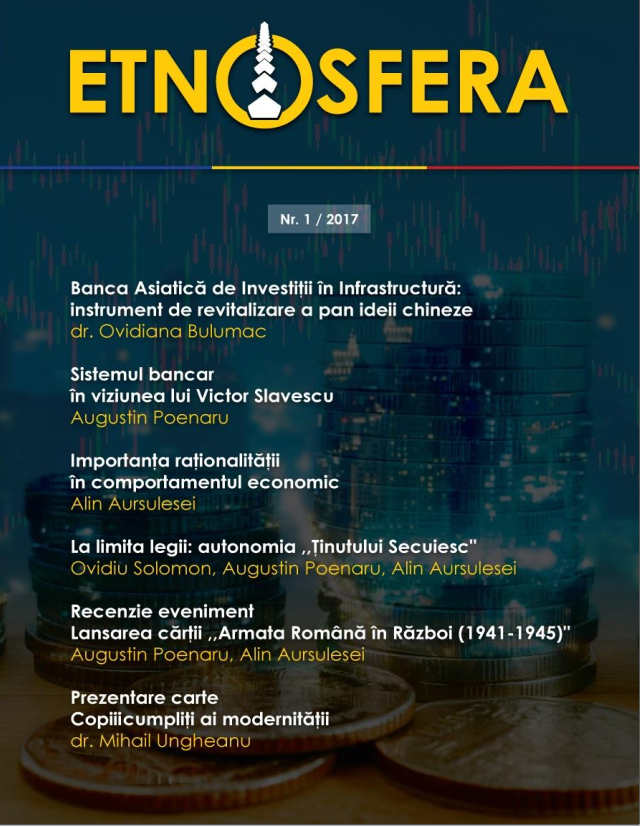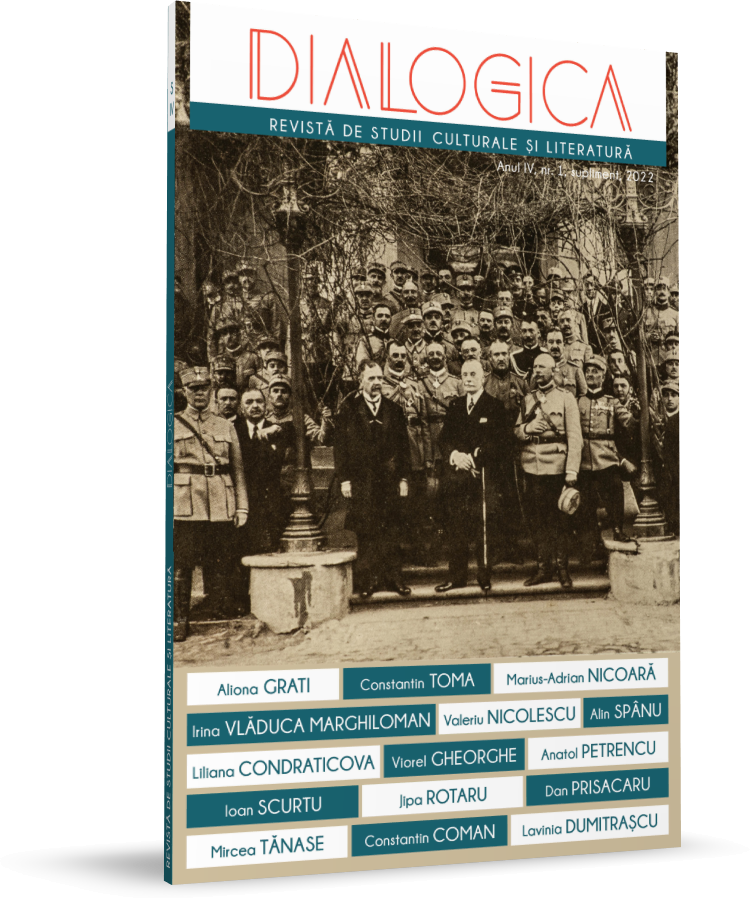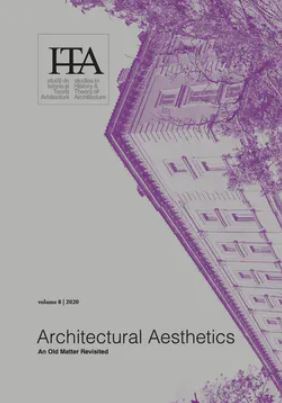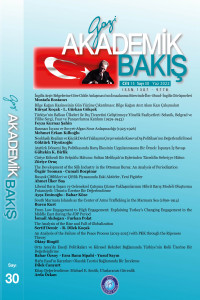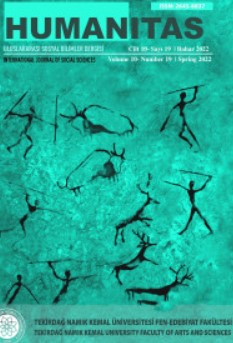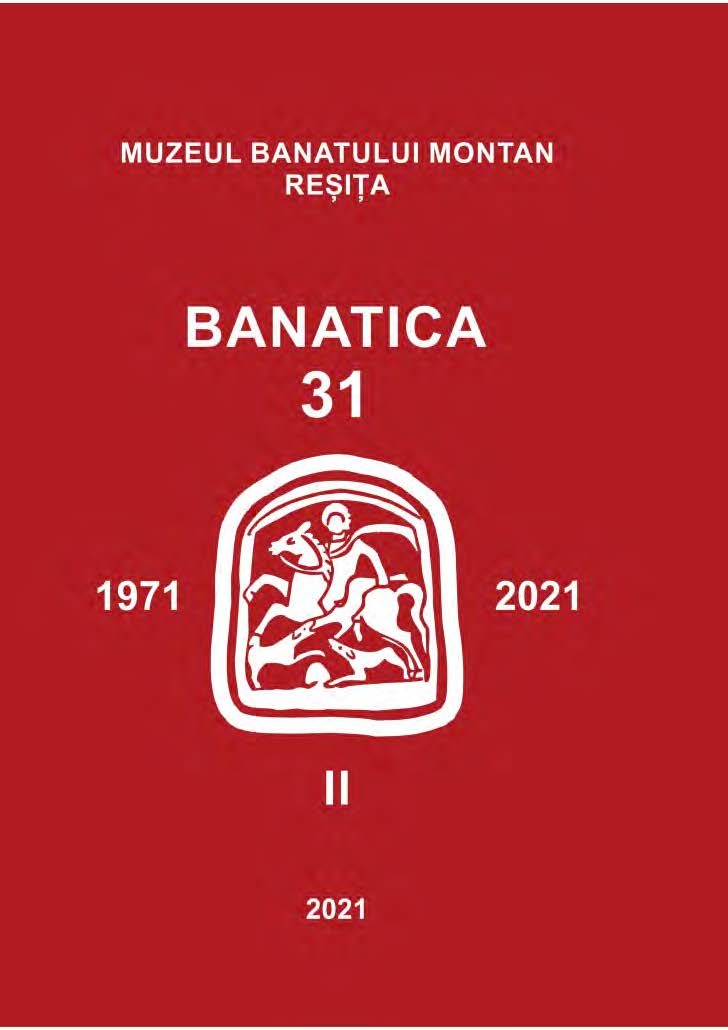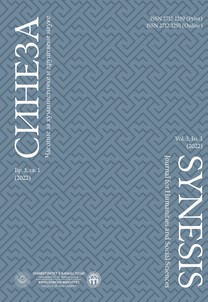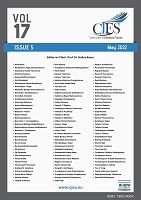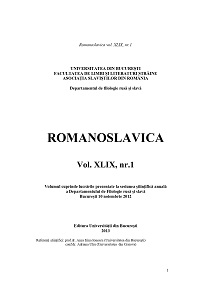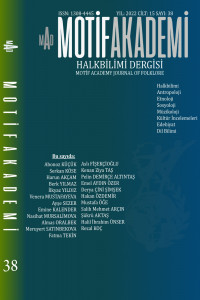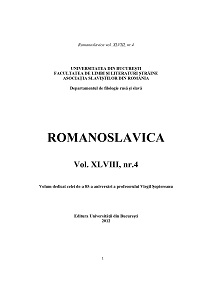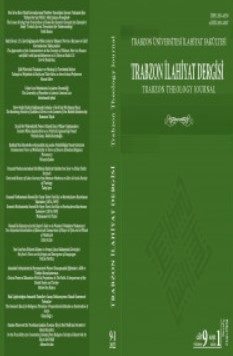Author(s): Mehmet Ali Duran / Language(s): Turkish
Issue: 10/2021
The myth of the promised land and the emphasis on superior race of the Jews increased their immigration to Palestine. By the 20th century, Zionism became an ideal for the Jews to establish a state rather than an ideology. Leaving the Palestine region to the British Mandate Administration after the First World War increased the Jewish migration to the region. After the British Mandate Administration established in Palestine after the First World War, the population structure in the region began to change with Jewish migration. The continuation of migration to the region brought along Arab-Jewish conflicts. While the Arab-Jewish conflicts between 1920 and 1933 generally remained local, immigration of Jews to Palestine increased remarkably as a result of Britain's attitude towards Jewish immigration and the coming to power of the Nazi administration in Germany in 1933. This migration movement was seen as dangerous by the Arabs and caused the reactions to intensify. In this context, the most severe Arab-Jewish conflict in the region emerged after 1936. This situation pushed Britain to seek a solution. In this context, the British Government established a commission called the Peel Commission (Palestine Royal Commission) to resolve the conflicts in the region. A report was prepared by this commission. With this report, also known as the Partition Report, the partition of Palestine was decided. This decision caused the reaction of the Arabs, rather than the Jews. In this context, this commission's decision was condemned and demonstrations were organised in Iraq and Syria, especially in Palestine. In Turkish archive documents, information was observed that slogans in favour of Turkey were shouted and posters were carried in these demonstrations. In addition, although the Arab communities that sought support at this point saw Turkey as the dominant power in the region and requested assistance from the Turkish Government, Turkey saw the issue as an internal matter of the British mandate administration within the framework of the Lausanne Treaty and remained out of the issue until 1947. In the study, the document analysis method, one of the qualitative research methods, was used. In the study, The Arab-Jewish conflicts in Palestine between 1929-1939 and the reaction of Arab and Jewish groups to these conflicts, the Arab calls for help from the Turkish government and its effects, the demonstrations in favor of Turkey in the region, the solution proposals presented by the British Mandate Administration and the results of all these developments was revealed.
More...

